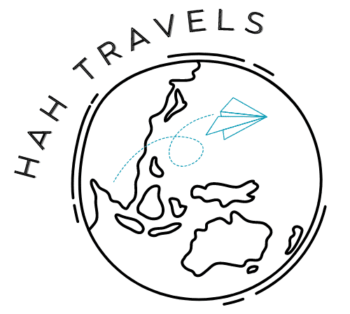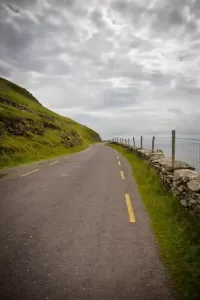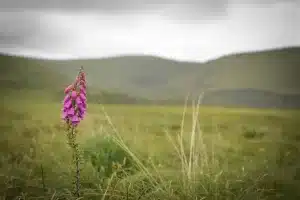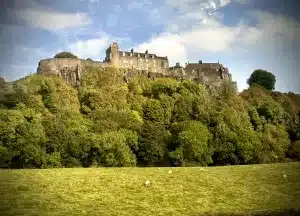Planning an adventure to the Land of Fire and Ice? If you’re wondering how to plan a trip to Iceland that covers everything from natural wonders to efficient routes, you’ve come to the right place. With its dramatic landscapes, Iceland offers an unforgettable experience that can be enhanced with the right preparation. Whether you’re following an Iceland itinerary for 7 days, navigating with an Iceland trip planning map, or exploring iconic routes like the Golden Circle Iceland map, this guide will help you make the most of your trip. Plus, we’ll dive into the best time to visit Iceland to maximize your experience.
Disclaimer: Links may contain affiliate links. This means I may get a small commission from the sale at no cost to you.

How to Plan a Trip to Iceland
The first step in how to plan a trip to Iceland is figuring out your main goals—do you want to explore waterfalls, volcanic landscapes, or perhaps chase the Northern Lights? Start by deciding on the best time for your trip. The best time to visit Iceland depends on what you want to experience. Summer offers longer days and mild temperatures, making it ideal for hiking and road trips… and puffins! Winter, on the other hand, is perfect for witnessing the Northern Lights and experiencing the magical winter landscapes.
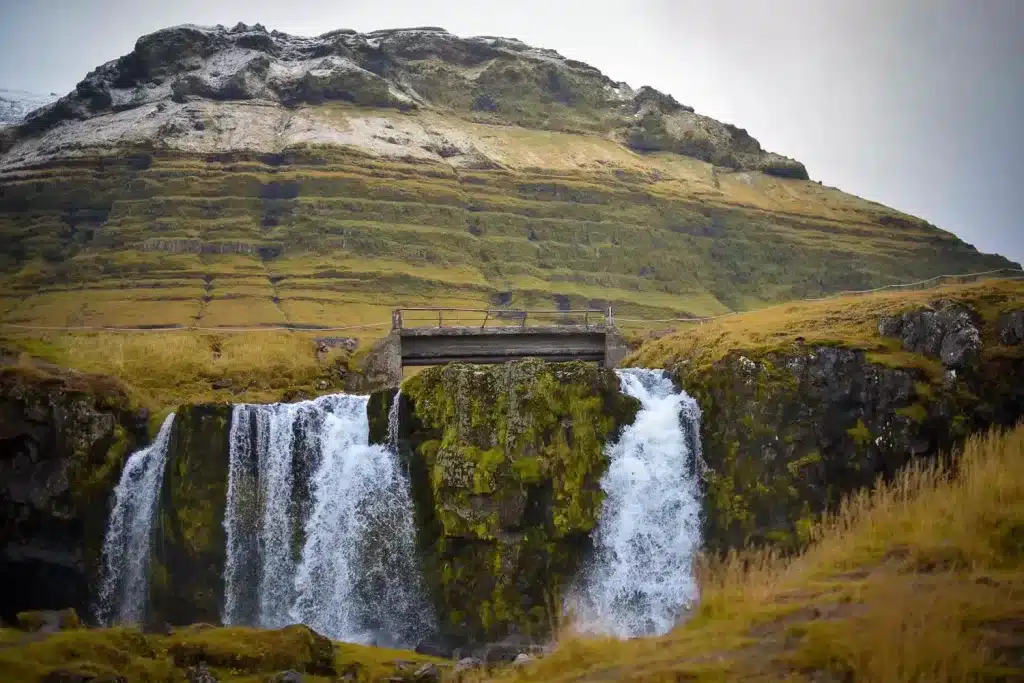

When planning your route, an Iceland trip planning map can be a lifesaver. It will help you figure out driving distances between key attractions like glaciers, waterfalls, and geothermal areas. Iceland’s road network is well-maintained, but the weather can be unpredictable, so always keep an eye on conditions when driving.
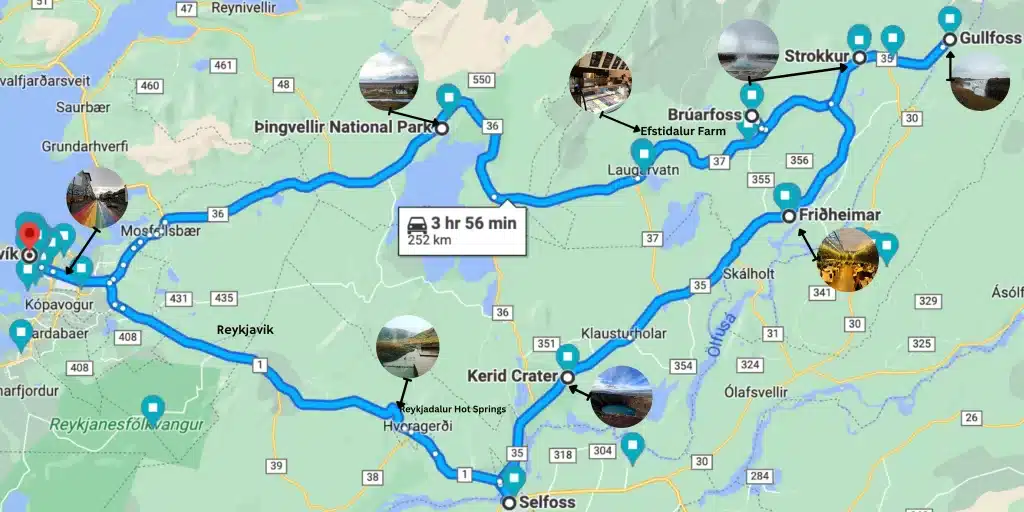
How do I do my research
Research hint 1: Depending on what I’m looking up, a simple Google search is all I need! I use Google for things like weather and locations of cities and destinations. Make sure that once you know whereabouts you want to go, that you chose the right airport. For Iceland, you’ll fly into Reykjavik .
Research hint 2: I rely heavily on Pinterest! Typically, I use Pinterest to read other people’s blogs and advice. I find these to be the most realistic and laid out plans out there. I even prefer them over travel books (which I use some as well). Example: Here is my blog on Iceland. I put it on Pinterest for others to use.
When I chose to travel to Iceland, I was pretty clueless. By looking up itineraries in Pinterest and reading through real-life trips, I learned SO MUCH. Blogs help me figure out which parts of the country I want to see the most, the do’s and don’t AND how to pack.
Research hint 3: Join Facebook groups that are geared for travel tips to your destination. You will learn SO much. You can either ask your own questions or maybe read others’ questions you didn’t even think about.
Research hint 4: Buy or checkout a book from the library about your destination. I have used books from Rick Steve’s, Lonely Planet, and Fodor’s in the past. All seem to have useful information. Even though I mentioned I like Pinterest/blogs more, I do like having written material and maps with me as I’m looking through blogs. I usually use them together when I am just starting my travel research.

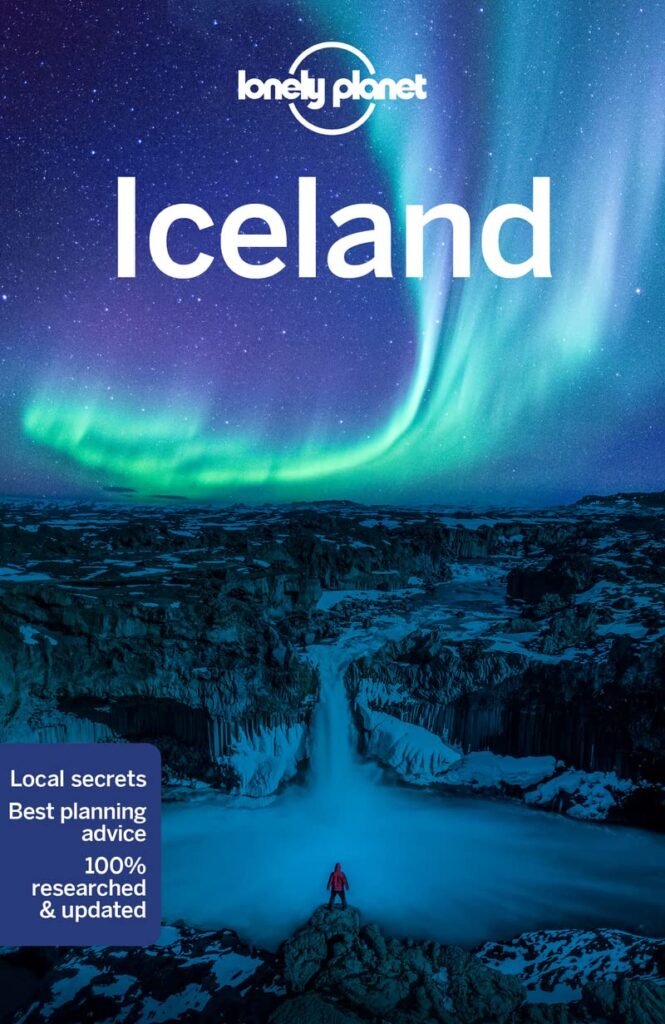
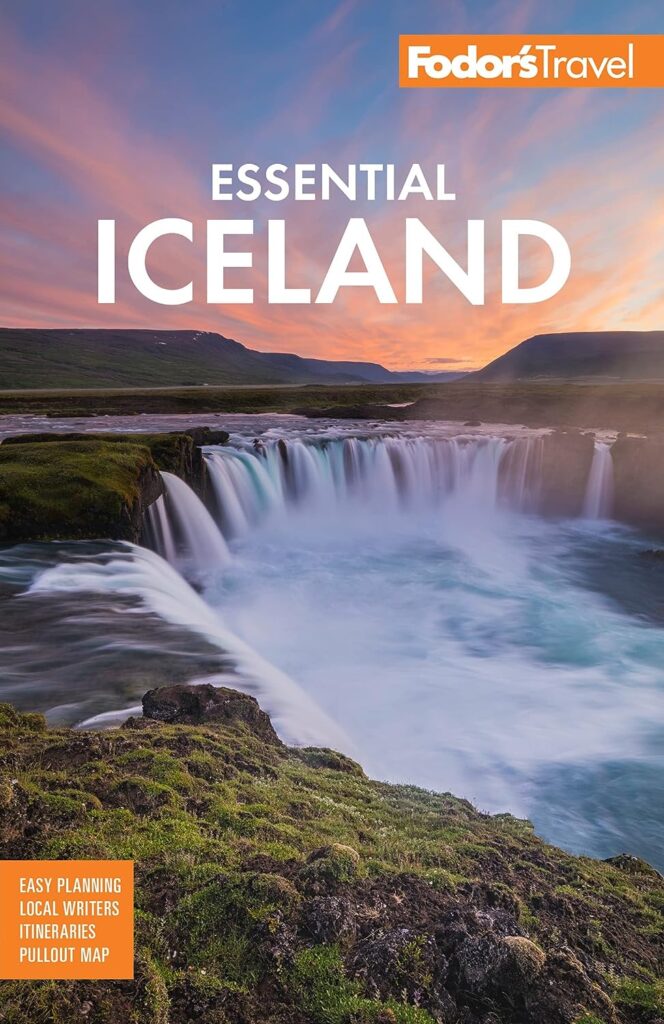
Iceland Itinerary 7 Day Trip: A Sample Plan
For a week-long adventure, an Iceland itinerary for 7 days is the perfect way to see some of the country’s top highlights. Your trip can start in Reykjavik, exploring the capital’s vibrant culture and iconic landmarks like Hallgrímskirkja Church. From there, embark on the Golden Circle Iceland using the map, which covers major sites like Þingvellir National Park, Gullfoss waterfall, and the Geysir geothermal area—all in a day’s drive.
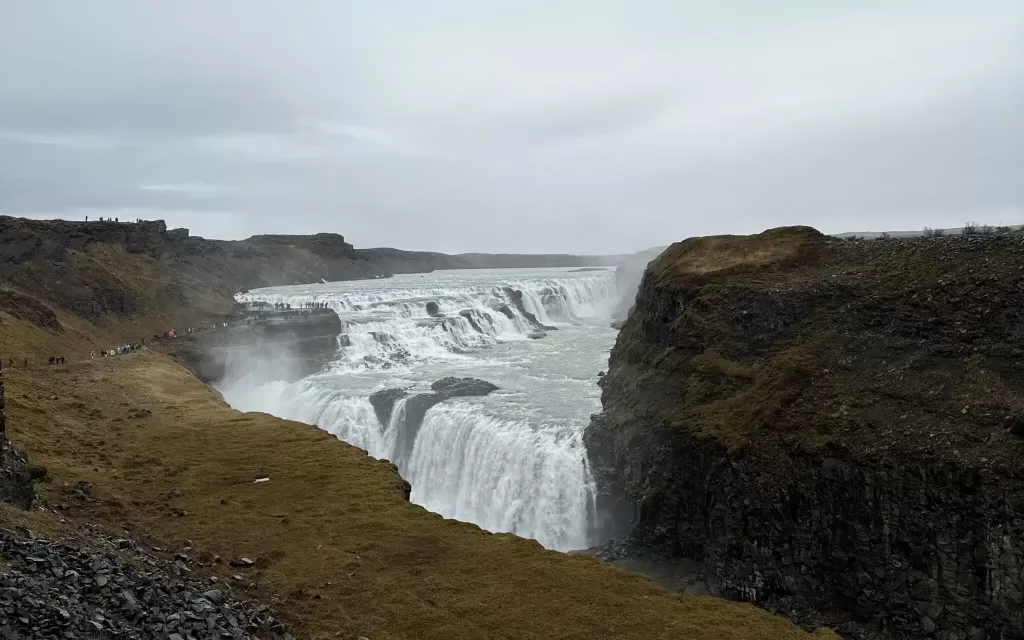
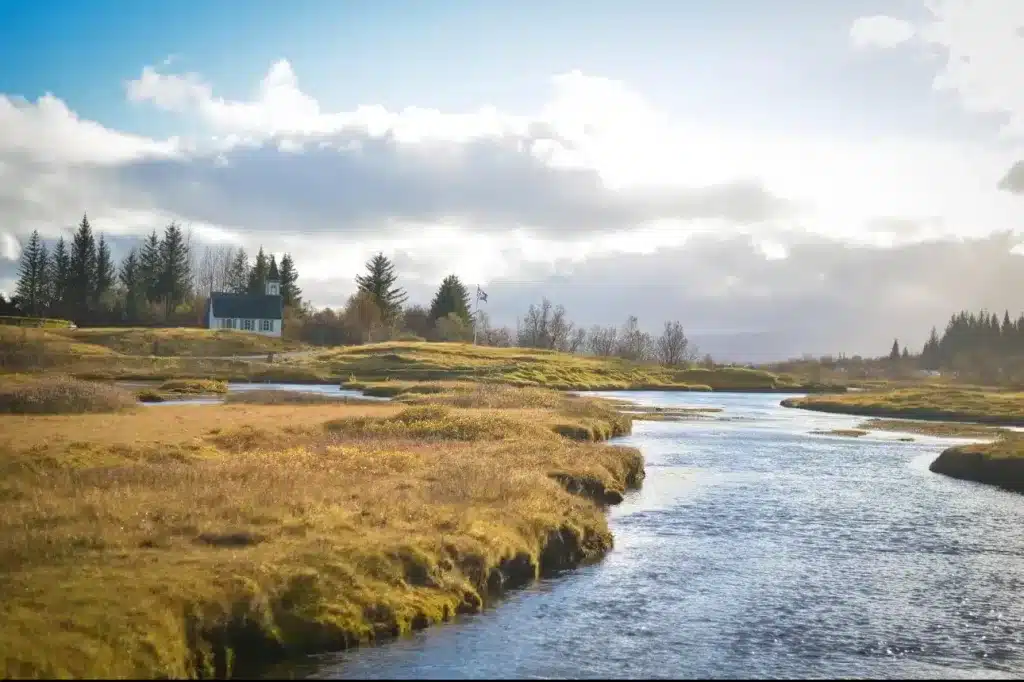
Next, head along the south coast to visit Seljalandsfoss and Skógafoss waterfalls, and make your way to Vik for its famous black sand beaches. You can finish your itinerary with roadtrip to Snaefellsnes Peninsula for a couple days. Snaefellsnes Peninsula was one of our favorite parts of our trip. The surreal landscapes, rigid shorelines and sights like Kirkjufell and Church of Budir, you won’t be disappointed. It is otherworldly. An Iceland trip planning map can help ensure you stay on track and cover all these incredible sites within a week.
Popular Routes:
- Golden Circle Route: The classic route that takes you through Þingvellir National Park, Geysir, and Gullfoss waterfall. This route can be done in a day from Reykjavik.
- South Coast Tour: Explore Seljalandsfoss and Skógafoss waterfalls, the black sand beaches of Vik, and the Jökulsárlón Glacier Lagoon.
- Ring Road (Route 1): This is Iceland’s main road that circles the entire island, giving you access to the best sights across the country. A full Ring Road trip takes around 7-10 days.
Must-See Attractions:
- Blue Lagoon: Relax in geothermal waters near the Keflavik Airport. It’s best to book your entry ticket in advance.
- Reykjavik: Iceland’s capital is a vibrant city with museums, shops, and restaurants worth exploring for a day or two.
- Vatnajökull National Park: Home to glaciers and stunning hiking trails, this park is a paradise for nature lovers.
- Snæfellsnes Peninsula: Often called “Iceland in Miniature,” this region has volcanic landscapes, beaches, and cliffs.
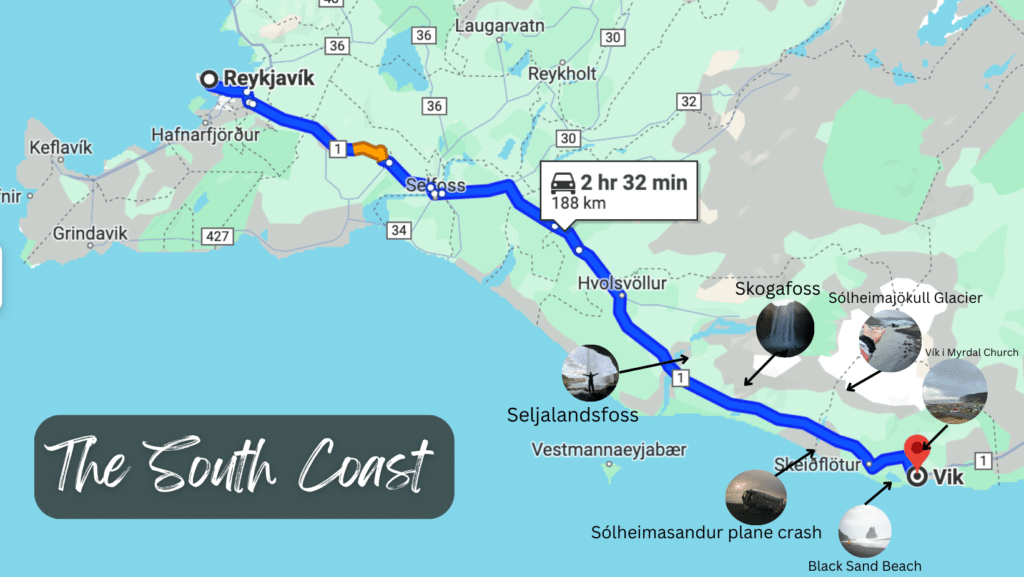
Accommodations and Transportation
Iceland has a range of accommodations, from luxury hotels to guesthouses, hostels, and camping options. Booking in advance is recommended, especially in summer when hotels can fill up quickly.
When we travel, we prefer to stick with VRBO’s because we like having the living space and kitchen. Here are some options in Reykjavik to consider.
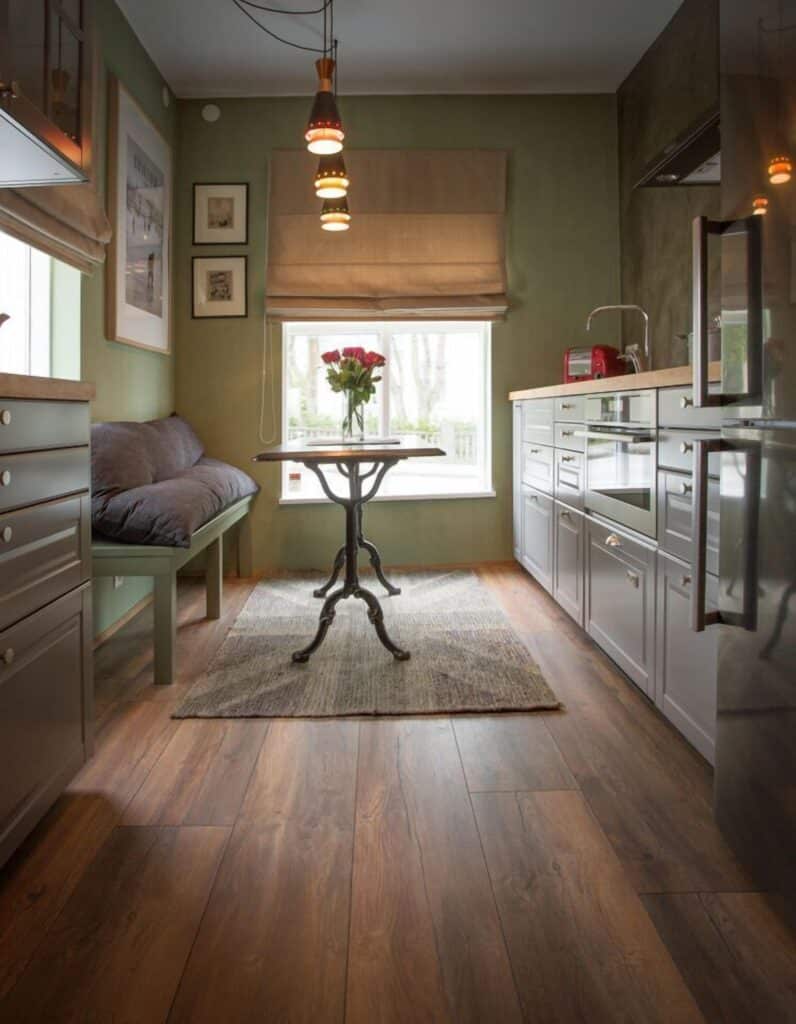
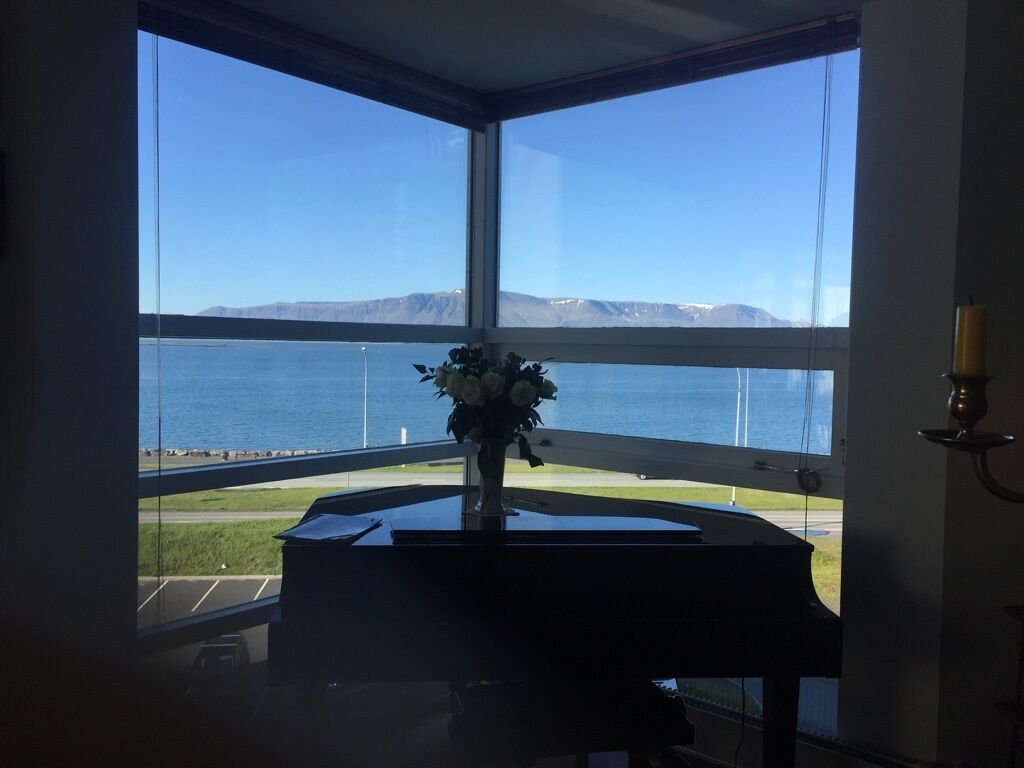
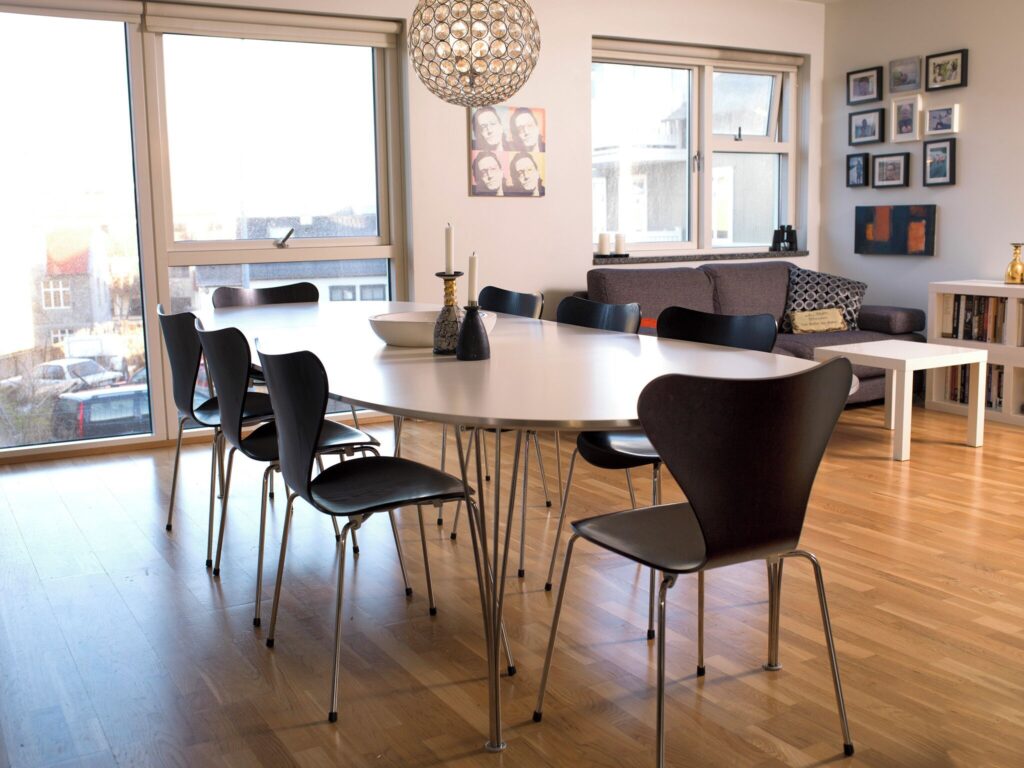
Reykjavik also has excellent hotel options, when you plan a trip to Iceland. If you’re staying in the city, consider a hotel near the city center, close to great restaurants and attractions. The map below shows a layout of some of Reykjavik’s best hotels in the city center. Click on it to read more about Reykjavik’s city center hotels.
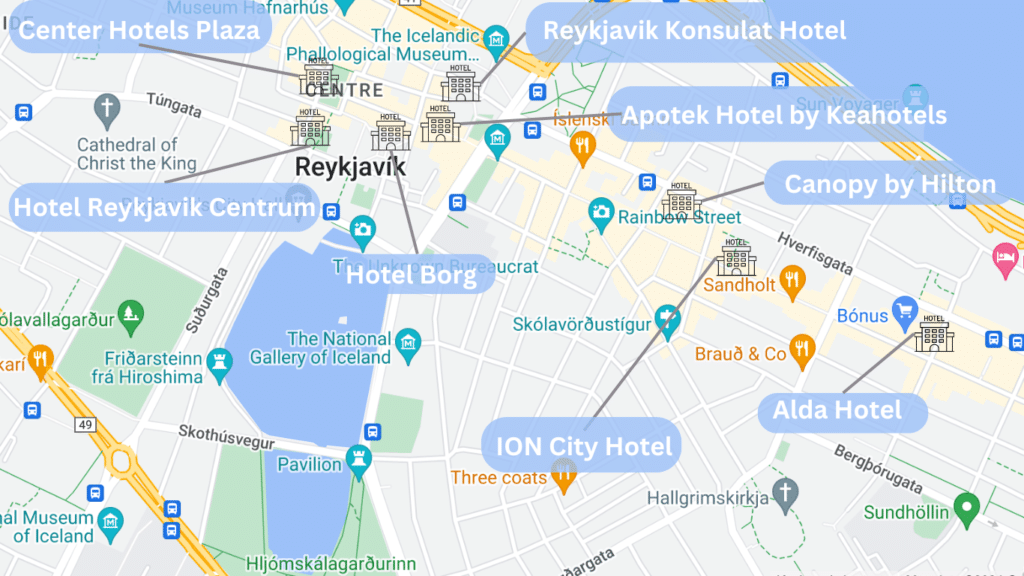
Staying in the city is great for a couple nights, but ultimately, I like to get out of the city and stay in a cabin with a view and a hot tub. We have been twice and both times stayed near Selfoss. This is a great location for viewing the Golden Circle Iceland map route and the South Coast of Iceland from Selfoss to Vik. Here are some great rentals near Selfoss:
Cabin with a view near the Golden Circle Iceland route
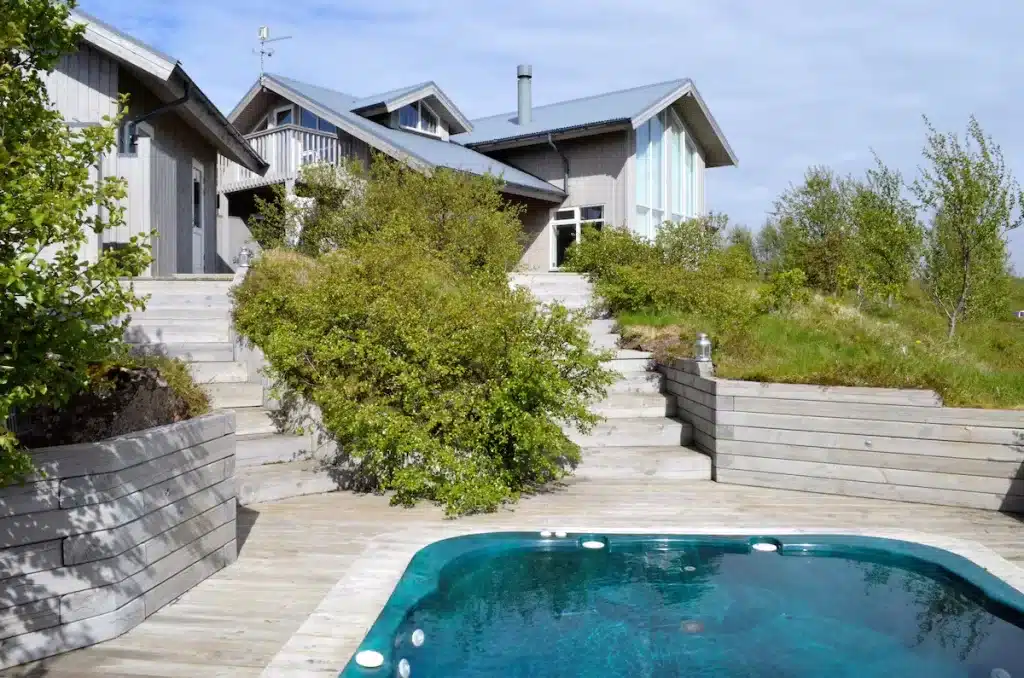
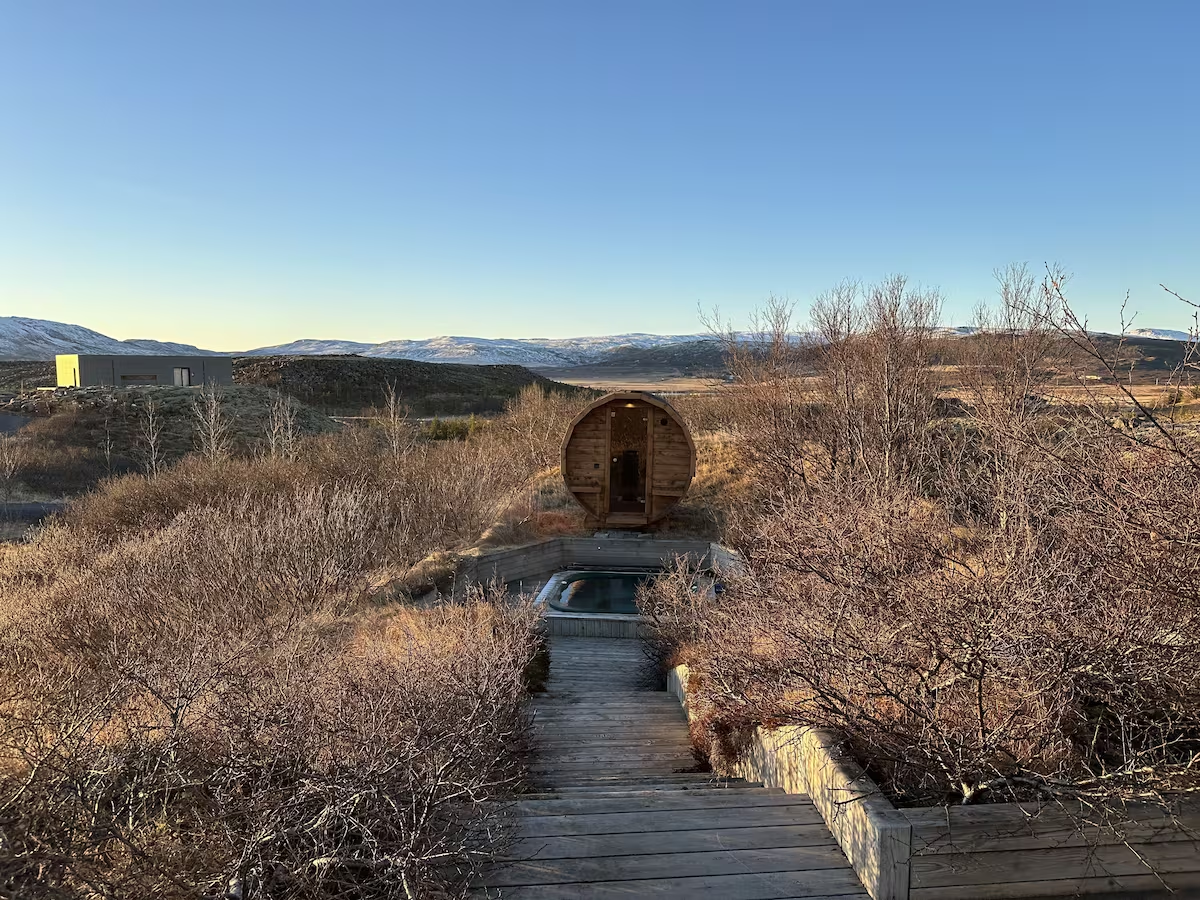
Cabin near Selfoss

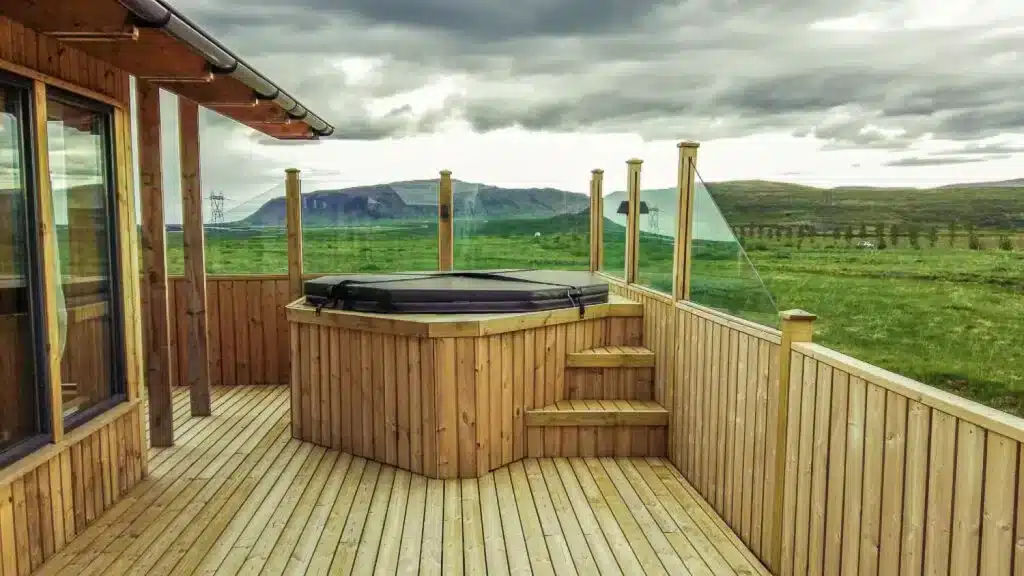
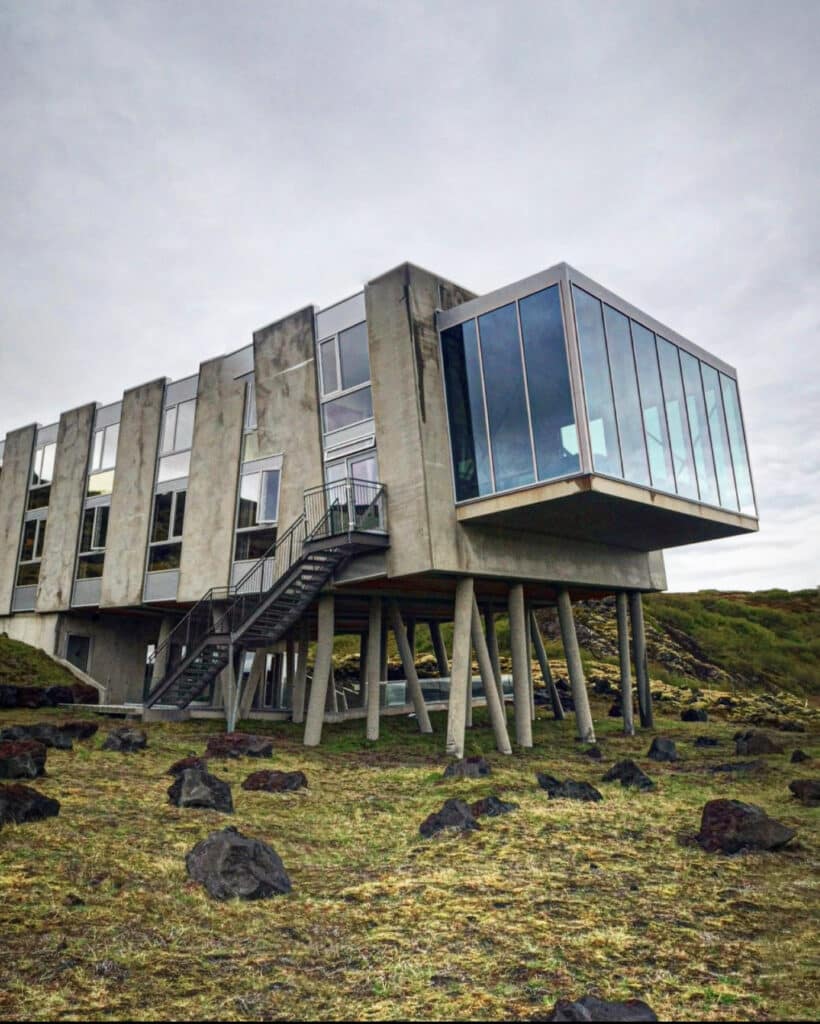
5 Boutique Hotels in Iceland
If VRBO’s Aren’t your thing, here are some boutique hotels in Iceland that might be a better fit!
Getting Around:
- Rent a Car: Renting a car is the most flexible way to explore Iceland, allowing you to travel at your own pace. If you’re visiting in winter, opt for a 4×4 vehicle, as the roads can be icy.
- Public Transportation: There are bus services in Iceland, but they don’t cover all the major tourist sites. Tours are available from Reykjavik, but having your own vehicle is recommended for exploring beyond the capital.
I always use Expedia to rent our vehicles. Many times, I bundle flight an car together. Things you will want to think about and consider:
- Size of the vehicle. How many people are traveling with you and will the people and luggage fit?
- Are you traveling with kids? Do you need to book or bring along any car seats?
- Depending on where you travel, do you need 4×4? For Iceland, it depends on where you plan to go and the time of year. We went in October and get an AWD, which worked well for us. I would say go with an AWD at minimum, if you plan to leave the city.
- Do you want to upgrade your vehicle with navigation. We did not do this in Iceland and had no issues with using our phones. But depending on where you go, this is a good thing to consider.
- When booking, pay attention to whether the car has automatic or manual transition.
- Insurance? Do you want to purchase travel insurance?
Budgeting for Your Iceland Trip
Iceland can be expensive, but there are ways to enjoy the country on a budget. Besides a visit during a low travel time to Iceland, here are tips to help you save on your trip.
Accommodation Tips:
- Hostels and Guesthouses: These are more affordable than hotels, and many offer kitchen facilities to save on dining out.
- Camping: If you’re visiting in summer, consider camping as a budget-friendly option. There are campsites across the country, and wild camping is allowed in some areas. Many people opt for a camper van, too. These can be more spendy, but a camper van will cover a vehicle rental and accommodations in one.
Food and Drink:
- Groceries: To save money, shop at grocery stores like Bonus or Kronan and cook your own meals.
- Dining Out: Restaurants in Iceland can be pricey, but food trucks and local bakeries offer more affordable options.
Activities:
- Free Natural Attractions: Many of Iceland’s most beautiful attractions, like waterfalls and hiking trails, are free to visit.
- Tours: While many attractions are free, some activities like glacier hikes or whale watching require a tour. Book these in advance to ensure availability.
Best Time to Visit Iceland
Choosing the best time to visit Iceland can make a significant difference in your trip experience. For those interested in summer activities like hiking, whale watching, and experiencing the Midnight Sun, June through August is ideal. However, if the Northern Lights are on your bucket list, the winter months from October to March offer the best chance to see them.
- Summer (June to August): This is the most popular time for tourists. You’ll experience the Midnight Sun, longer days, and milder weather. Summer is perfect for hiking, camping, and exploring the highlands, but it’s also the busiest time for tourism.
- Winter (October to March): The winter season is ideal for witnessing the Northern Lights and exploring Iceland’s snow-covered landscapes. While daylight is limited, this is a magical time to visit. Winter sports like snowmobiling and glacier hikes are popular, but you should be prepared for cold weather and potential road closures due to snow.
Keep in mind that the weather in Iceland can be unpredictable at any time of year. Summer provides milder weather and longer days, while winter presents shorter days but stunning winter landscapes. No matter when you visit, packing appropriately is essential to ensure a comfortable trip. If you’re flexible, consider visiting during the shoulder seasons (April-May, September). These months offer fewer crowds, lower prices, and a chance to see a mix of winter and summer activities.
Packing Essentials for Iceland
If you’re contemplating how to pack, here are some essentials I suggest bringing along!
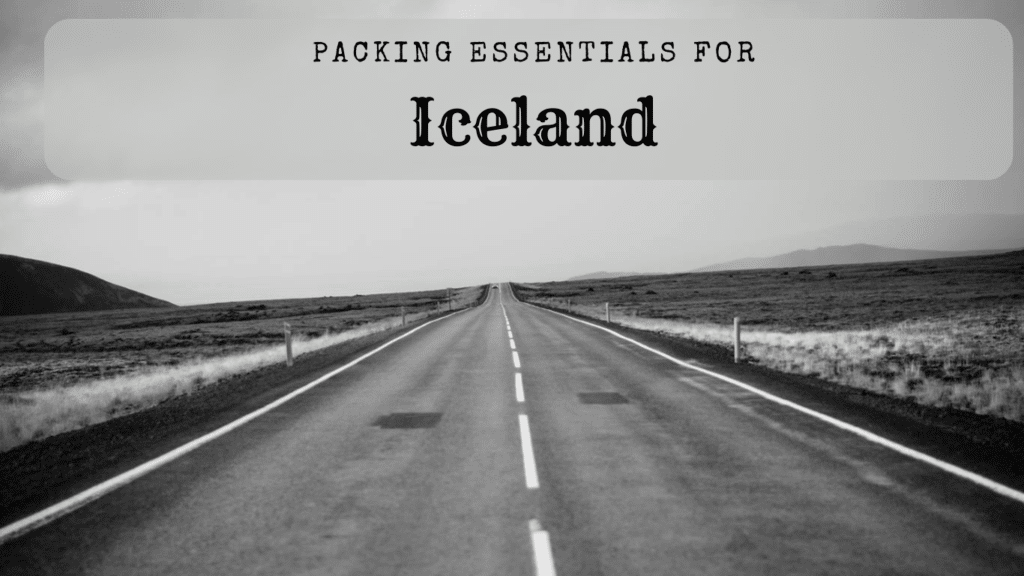
Final Thoughts
Planning your own trip to Iceland can be a breeze with the right tools and knowledge. Start by deciding on the best time to visit Iceland and crafting an Iceland itinerary for 7 days that suits your travel style. Whether you’re using a detailed Iceland trip planning map or following the popular Golden Circle Iceland map, your Iceland adventure is sure to be an unforgettable experience. With the right preparation, Iceland’s breathtaking beauty awaits you at every turn.
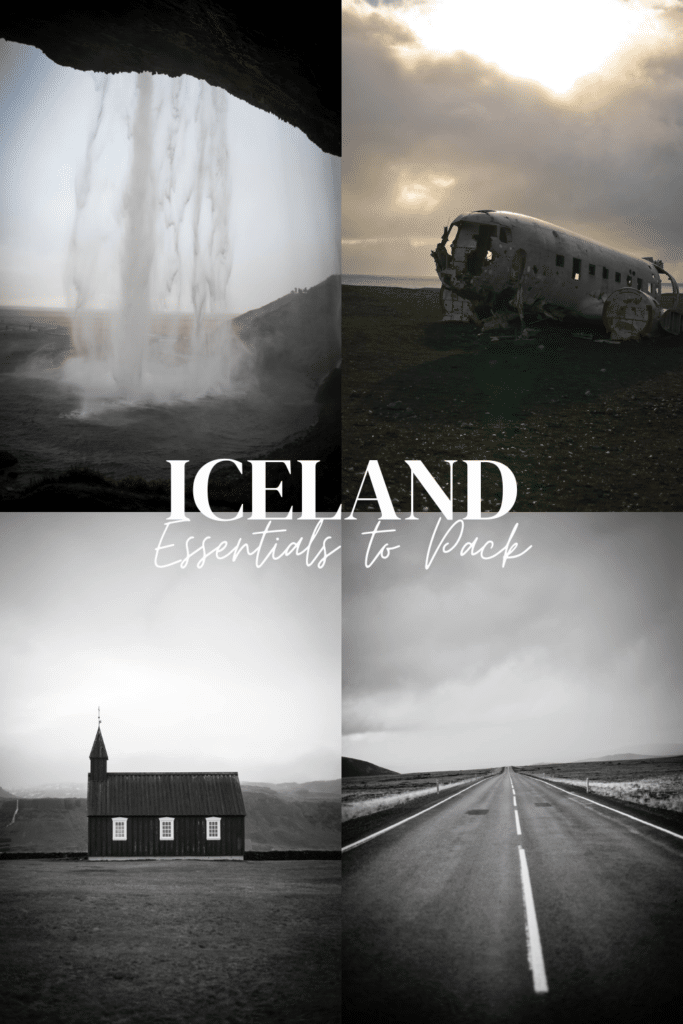
Links may contain affiliate links. This means I may get a small commission from the sale at no cost to you.
